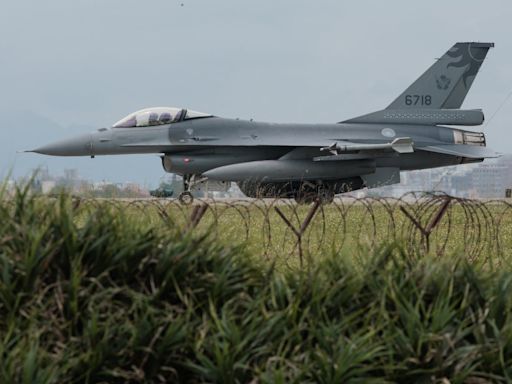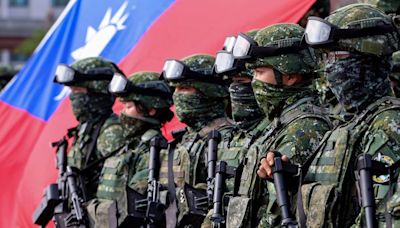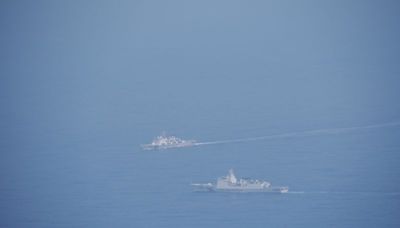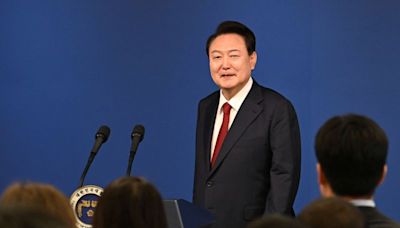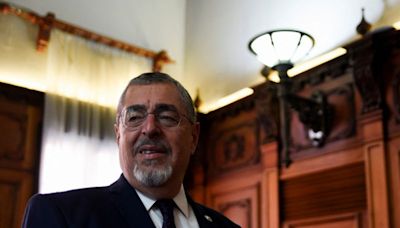Search results
People also ask
How did Beijing get its name?
When did Beijing become a city?
Why did Beijing become the capital of China?
What is Beijing known for?
Sep 17, 2012 · Why did Peking change its name toBeijing? When did this happen? Whose decision was this? If the city has gone through this official name change then, why isBeijingstill sometimes referred to as “Peking” by locals and foreigners? The answer to all these puzzling questions is really quite simple.
'Capital City') was declared the official name of Beijing by the Beiyang government in January 1918, and remained so until 1928. Beiping (then romanized as Peiping), in both its connotations, was restored as the name in 1928 by the Republic of China following its reconquest of Beijing from the warlords during the Northern Expedition.
Dec 24, 2019 · Marjorie Perry 24 December 2019. China’s capital city has been called Beijing (北京) for centuries, though it hasn’t always been the case. Riding the vicissitudes of empires and dynasties, each change in leadership left an imprint on the city, some of which resulted in a new name. Here is a brief overview of its (relatively) recent ...
- Marjorie Perry
Beijing, [a] alternatively romanized as Peking, [b] is the capital of China. With more than 22 million residents, [9] Beijing is the world's most populous national capital city as well as China's second largest city after Shanghai. [10] It is located in Northern China, and is governed as a municipality under the direct administration of the ...
The sage-king Yao founded a town called Youdu (幽都) in the Hebei-Beijing region about 4,000 years ago. You (幽) or Youzhou (幽州) later became one of the historical names for Beijing.
1 day ago · Beijing has remained the capital of China except for a brief period (1928–49) when the Nationalist government again made Nanjing the capital (although the capital was removed to Chongqing [Chungking] during World War II); during that time Beijing once again resumed the old name Beiping.
In consequence, in 1403 the city was renamed Beijing (“Northern Capital”), and in 1421 it was officially made the capital city of the Ming dynasty. Beijing in the Ming period grew on a yet grander scale than under the Mongols. The former city walls and the extant moats, palaces, and temples were built mainly in the 15th century. The old ...
